Hot Stuff
Adding a little spice to life.
I like spicy food. It doesn’t always like me, and I can’t always tell whether I’m eating something that is going to bother me or not. So generally, I eat it, and then occasionally suffer the consequences. During my travels in Mexico, I’ve experienced some amazing foods, and sometimes ate stuff that felt like I just put a flame-thrower on my tongue and drank some gasoline as a chaser. I’ve learned to taste just a tiny drop of that salsa that is innocently sitting on the table. It doesn’t matter if it is red or green — either can be ridiculously hot or mild and tasty.
Hot peppers contain a chemical called capsaicin, which has the unique property that sends signals to your brain that are the same as those created when your body is exposed to heat. So when you say “my mouth is burning” after you eat a hot pepper, that’s exactly what your brain thinks, even though it isn’t. Our natural inclination is to drink a bunch of water when we have a pepper that is too hot, but that’s a bad idea. Water can actually cause the heat to move over a larger area of your mouth, causing everything to feel worse. The best thing to try is dairy milk, because it contains a protein that can help wash the capsaicin away. Non-dairy milks are not as effective, so if you can’t tolerate dairy very well, try a sugary drink.
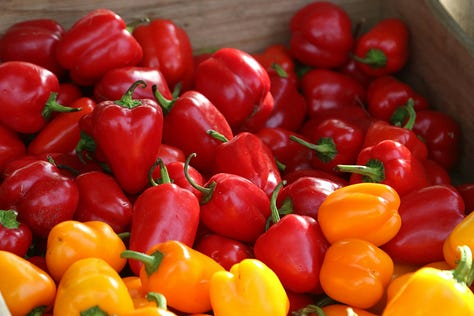
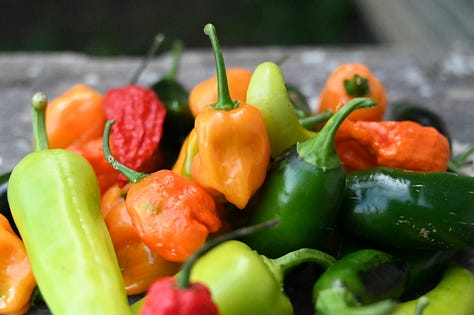
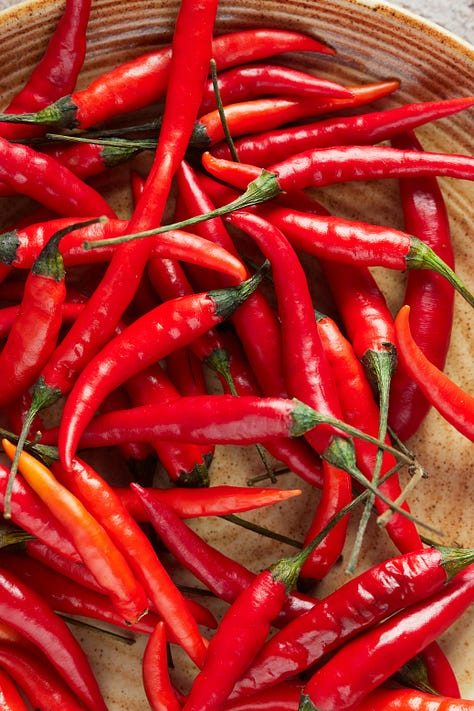
We used to think that the seeds in peppers provided most of the heat, so many cooks took out the seeds and just used the fleshy parts in their foods. It turns out that the big heat is really in the pith — the white part that holds the seeds. Taking all of the pith out will yield a milder taste. Don’t kid yourself, though. The hottest peppers are still killer without the pith.
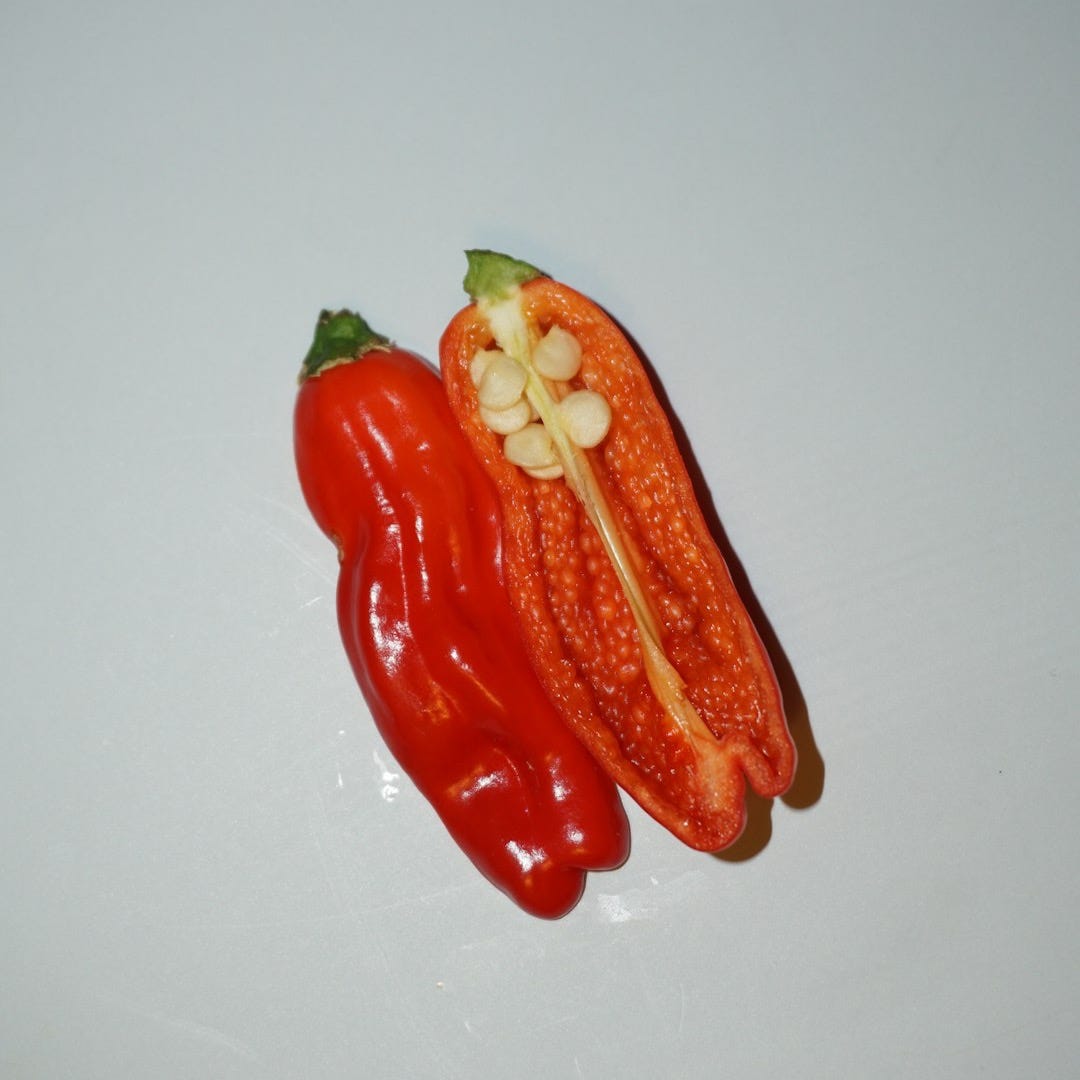
So how hot is hot? Wilbur Scoville tried to figure that out. He developed the Scoville scale to try to figure out how spicy different peppers were in 1912.
Initially, he diluted liquid from each pepper with sugar water until a panel of test testers couldn’t sense any heat. The more dilutions required, the higher the heat rating for the pepper. So if a pepper had to be diluted 5,000 times, like a jalapeño pepper, it would have a Scoville Heat Unit (SHU) of 5,000. Peppers range widely in terms of their SHU ratings. Bell peppers begin the scale with a zero SHU. On the other end of the scale are the super hot Carolina Reaper peppers, with a 2,300,000 SHU. There are some rare peppers that have even higher ratings.
I know that people like a challenge, but honestly, peppers above 50,000 SHU, which is about the level of a Tobasco pepper (as in Tabasco sauce), are just too much for me unless they are diluted in the cooking process. The hottest thing I have ever put in my mouth was not from Mexico. I was in Nairobi, Kenya a long time ago, and I went with some people to a Thai restaurant. The curry that I had made me cry. I really thought that I had damaged myself for life. I must have been a little too clear about my situation, because the waiter quickly brought me some milk from the kitchen, which only helped a little. It took hours before my mouth stopped burning.
I was recently in New Orleans, and just two hours away is Avery Island, where they make Tobasco sauce. Their tour explains the process that they use to make it, which is fascinating. It all starts with Tobasco peppers, which they grow on the island and in Latin America. The peppers are ground into a mash which is stored in wooden barrels for up to three years covered with salt. It is then combined with vinegar and mixed in large vats and strained. Finally it is bottled, inspected, and shipped all over the world. Throughout the process, samples are tasted by panels of experts to ensure a consistent taste. The company has now added additional flavors using even hotter habanero peppers or adding different flavors, but I still prefer the original.
Have fun with these peppers, but be careful!


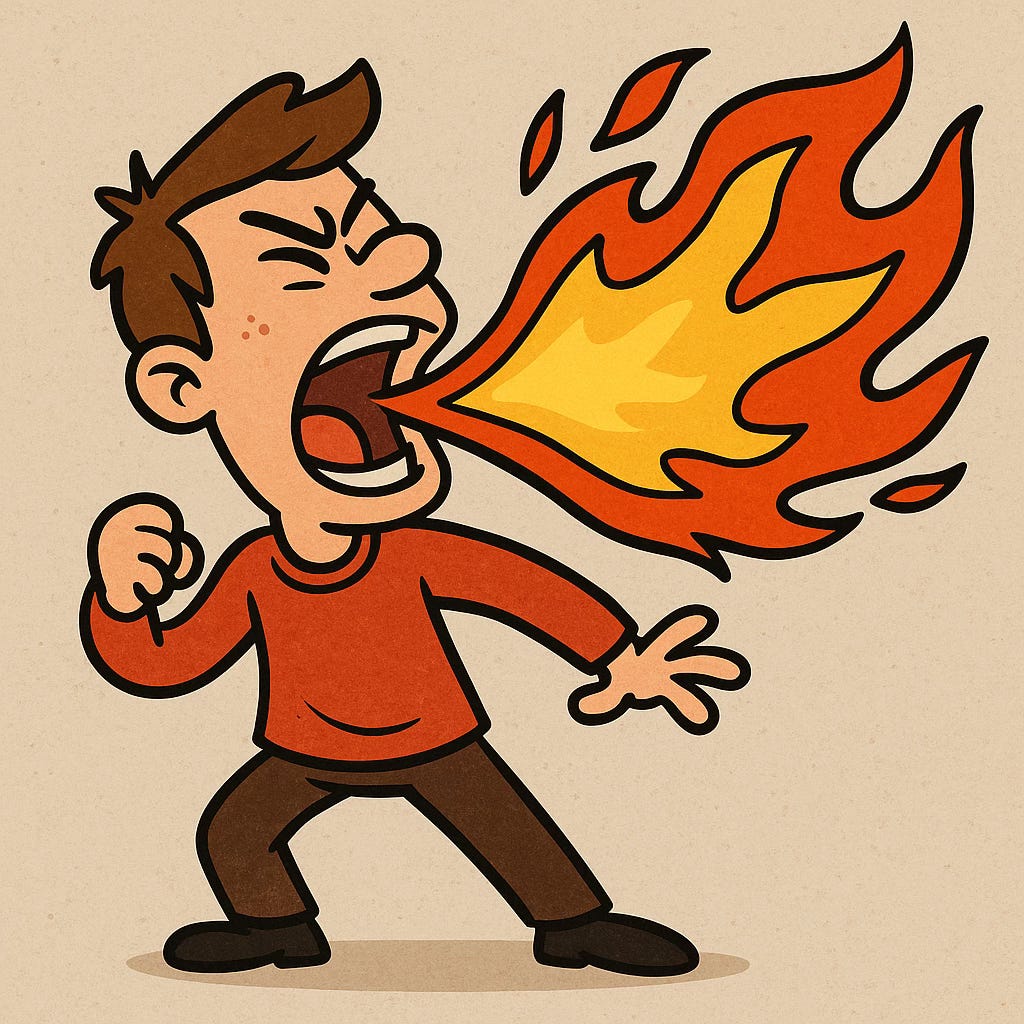
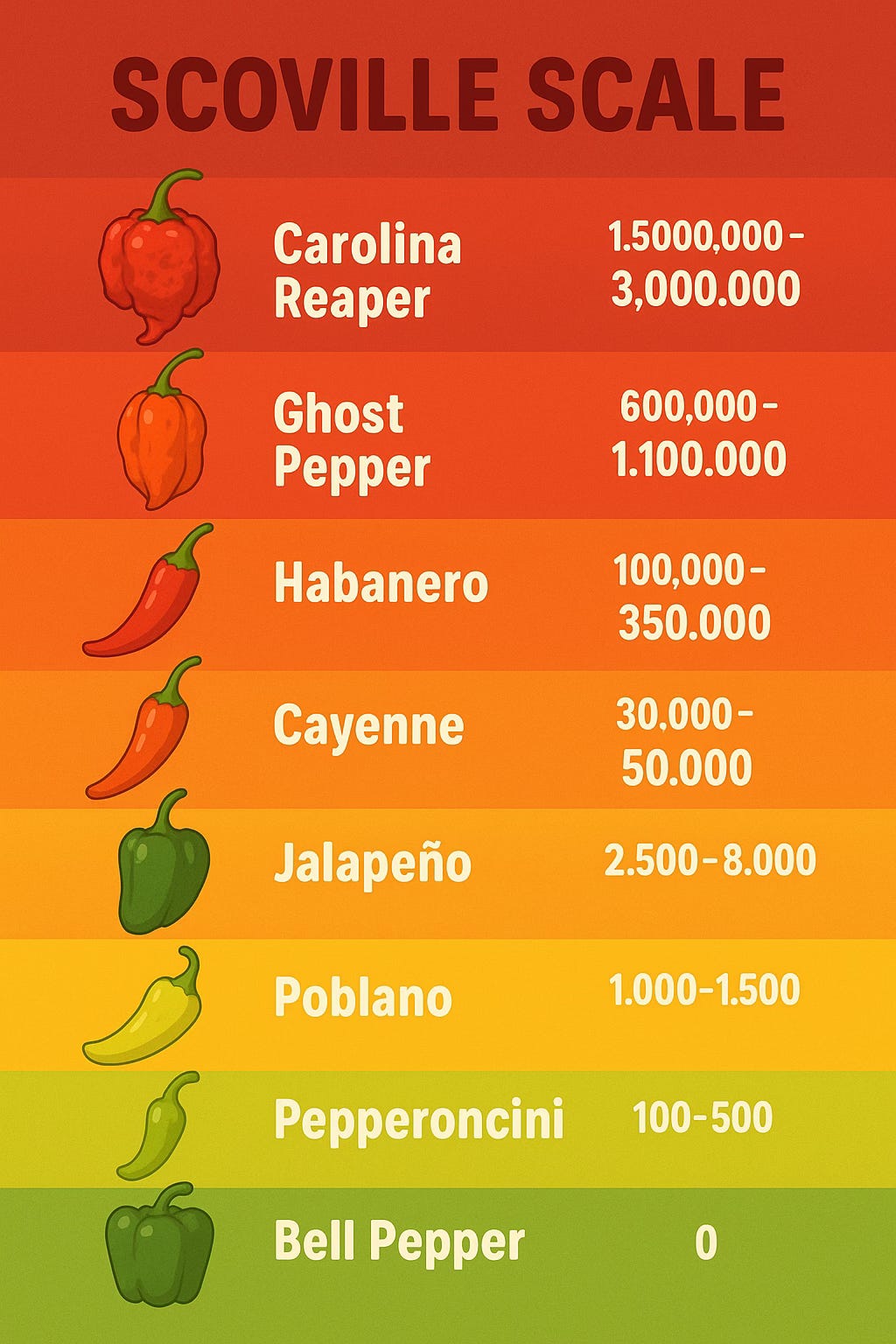
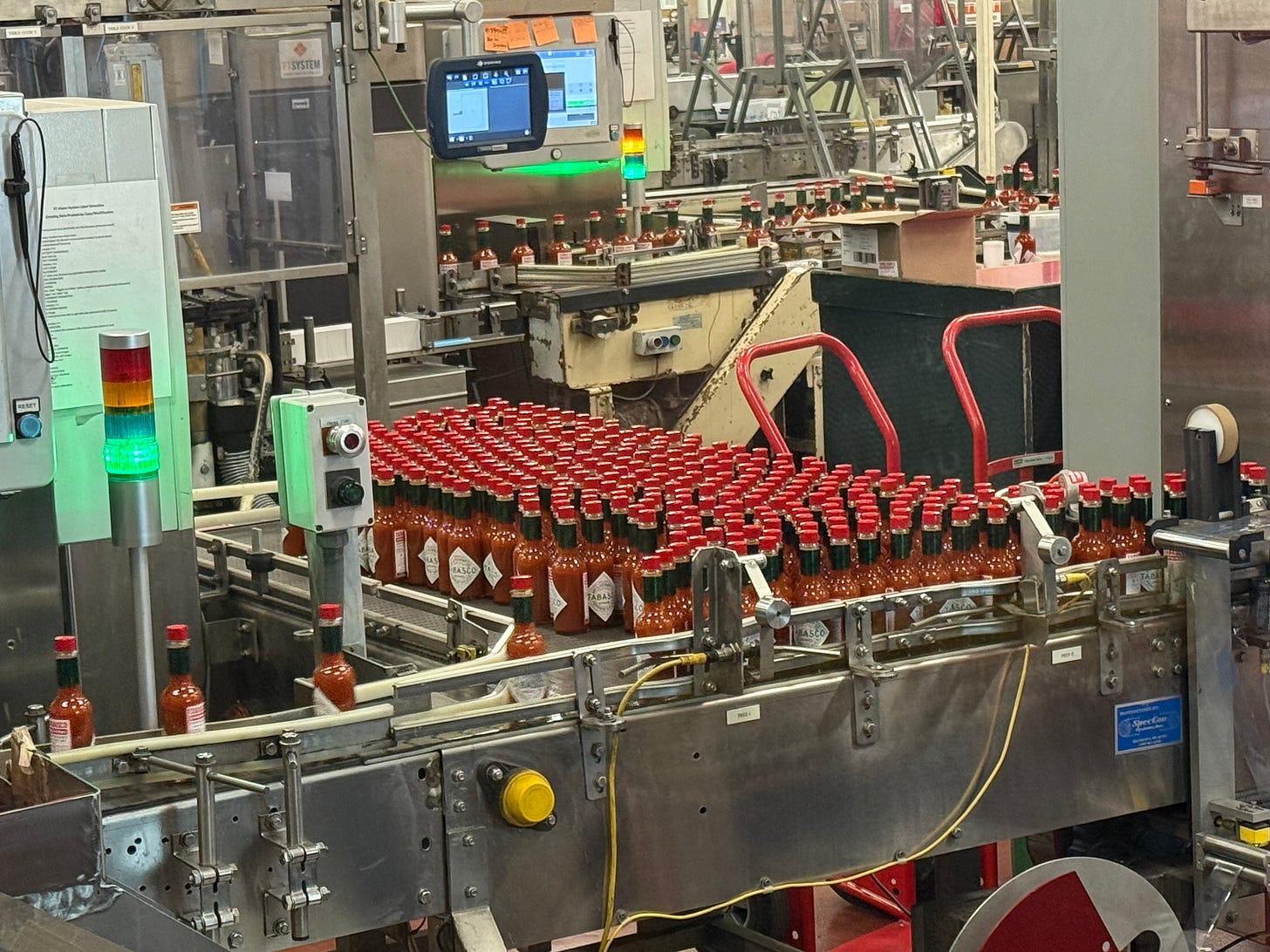
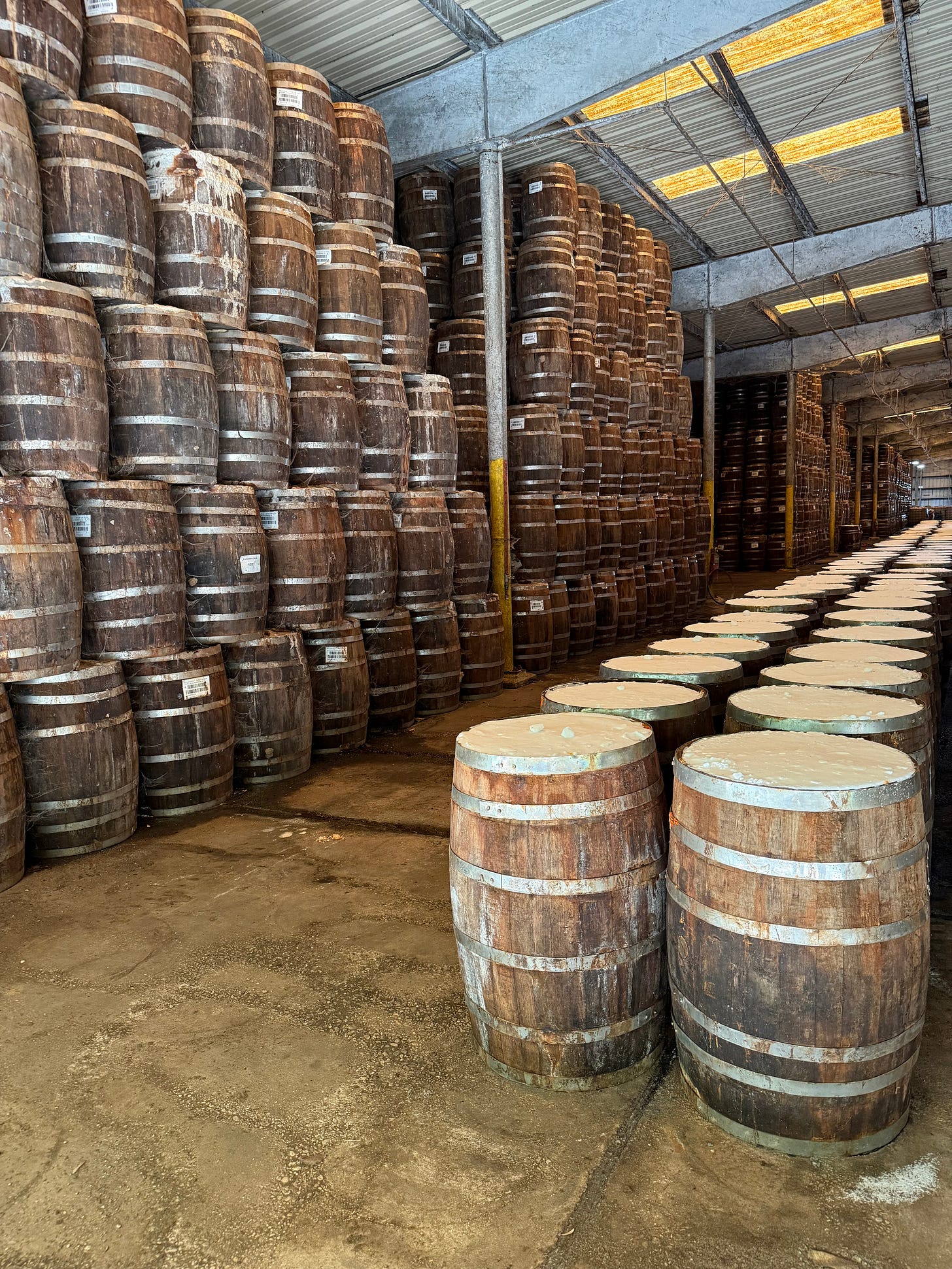

Fun read!